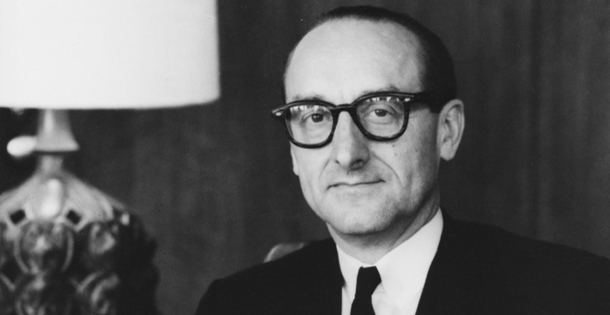You’re 12 years old in 1930. Your life revolves around building model planes and reading science fiction. One day, you’re going to send mankind to the moon. That, in brief, is the story of the Father of the Space Shuttle, the Man That Ran the Moon, one of NASA’s “most brilliant and fearless managers.” He was an electrical engineer, a senior vice president for General Dynamics, and much more. He’s George Mueller, he would have been 100 years old today, and here’s how he helped to take us to the stars
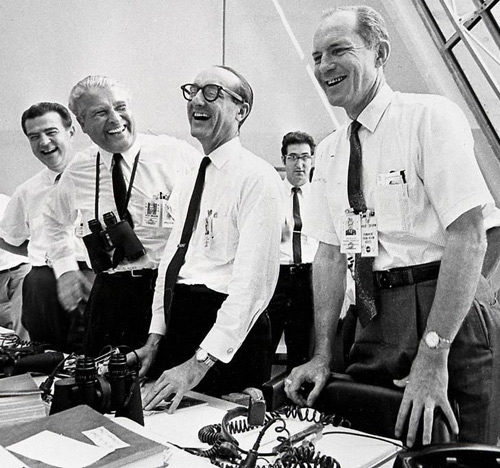
Born in St. Louis, Mueller grew up an avowed science fiction fan. His electrician father inspired some of his other interests, like building radios. He also got into construction modeling in his youth, including building and racing model airplanes. Mueller wanted to be an aeronautical engineer, but the affordable schools around him offered no programs. He began studying mechanical engineering before finally settling on electrical engineering. Mueller later received a television fellowship for graduate school at Purdue University, and he worked TV projects at the school while they built their first transmitter.
After Purdue, Mueller got a job with Bell Labs, working on video camera tubes and, later, airborne radar. He also worked on a team attempting to develop a working transistor, though his co-worker William Shockley and his team would beat Mueller’s group to it. Mueller went on to earn a doctorate in physics in 1951. Afterward, he taught at Ohio State while consulting for tech firm Ramo-Woolridge. In 1957, they hired him away for a full-time job as director of their Electronics Laboratories.
Mueller found himself in charge of more and more functions as groups combined into bigger verticals within the company and after Ramo-Woolridge merged with Thompson Products Company to form TRW. By that point, Mueller was working on missile systems and found himself working regularly with NASA. NASA wanted to bring Mueller over, but he would agree only if NASA restructured their departments. For him, they did. So in 1963, Mueller joined NASA’s OMSF, the Office of Manned Space Flight.
It didn’t take long for Mueller’s intelligence and intuitive understanding of structures to affect how NASA worked. In short order, three other divisions reported to him. He initially clashed with the legendary Wernher von Braun over organizational ideals, but von Braun eventually reorganized the Marshall Space Flight Center for him in a way that increased their large project capacity. Mueller also seized control of NASA’s schedule, determined to make a moon landing by 1970. He created structures that allowed different programs to communicate directly, cutting out extra steps and waste, and encouraged the hiring of more Air Force personnel for their flight and engineering experience.
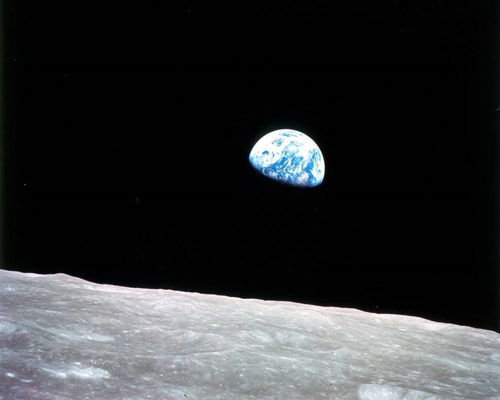
More dynamically, he pushed an idea, called “all-up testing,” in which NASA tested the entire rocket at once, rather than testing a rocket in stages with dummy parts and sections. This considerably advanced NASA’s schedule. Von Braun himself noted, in a story recounted on NASA.gov, “It sounded reckless, but George Mueller’s reasoning was impeccable.”
Not only did the “all-up testing” concept work, it worked with remarkable speed. The two unmanned test flights of the Saturn V rocket were successful; the third flight put Apollo 8 in orbit around the moon in 1968. The sixth Saturn V launch took Apollo 11 to the moon’s surface.
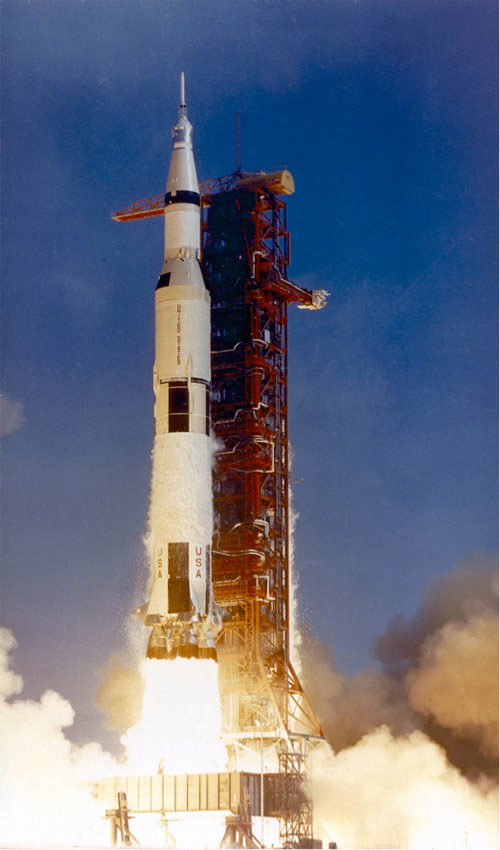
Even as the moon missions were grabbing headlines, Mueller assembled an Apollo Applications Office to devise different ways to use that system. He suggested everything from a fixed lunar base to what would become the Mars probe landings. Various cutbacks meant that the office produced only one of Mueller’s proposals: the orbiting space station Skylab.
Mueller’s other legacy, apart from his sweeping reorganizations and his roles in Apollo and Skylab, is subject to a bit more debate. Many call Mueller the Father of the Space Shuttle, but some critics argue that —considering the number of hands involved — the title overstates Mueller’s personal contribution. However, most generally agree the space shuttle had no greater advocate than Mueller, who tenaciously pushed for reusable vehicles for years. As early as 1967, Mueller held a symposium at NASA about shuttle design and low-cost flight. His vision would help drive the shuttle program after he left NASA.
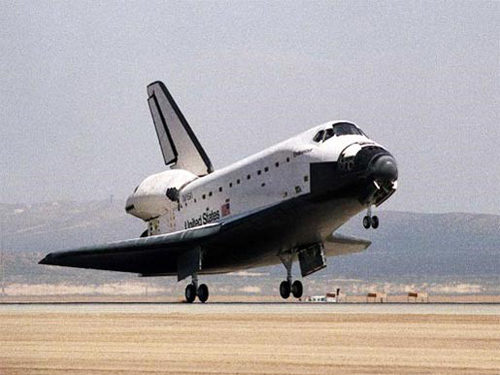
Mueller resigned from NASA in December of 1969, just less than five months after the moon landing. Rumors about his motivation for leaving circulated, but Mueller himself disclosed that a combination of the end of the Apollo program and a desire to return to the private sector sealed the deal. In a 1998 interview for the Johnson Space Center Oral History Project, Mueller said, “My salary was half what I was making in industry when I went there, and it was just a strain to keep the family going and work going at the same time. So I went back to industry.” General Dynamics, System Development Corporation, and Kistler Aerospace were just a few of the businesses that Mueller worked and consulted for after leaving NASA.
When he passed in 2015, Mueller’s death made national news. Headlines hailed him as the Father of the Space Shuttle and the Man That Managed the Moon. His work and organizational sensibility can still be seen in NASA today. His story demonstrates that a childhood of daydreaming and the application of hard work can result in amazing things. And really, he never stopped dreaming. As he said in 1998, “You think of the pioneers that opened up the West. Well, you ought to think of pioneers opening up space in the same fashion.”
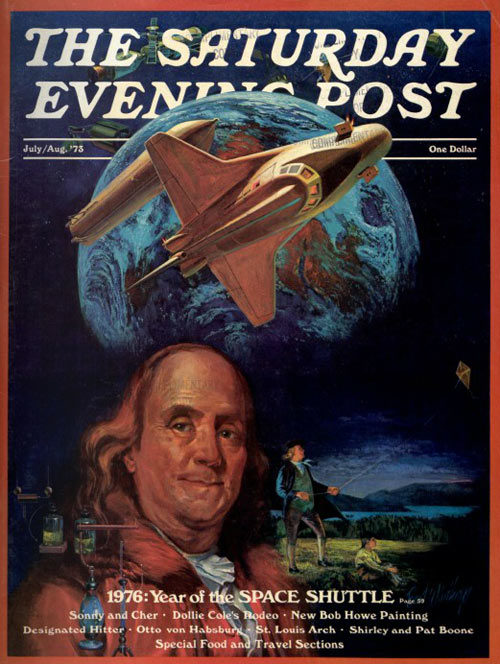
Become a Saturday Evening Post member and enjoy unlimited access. Subscribe now
